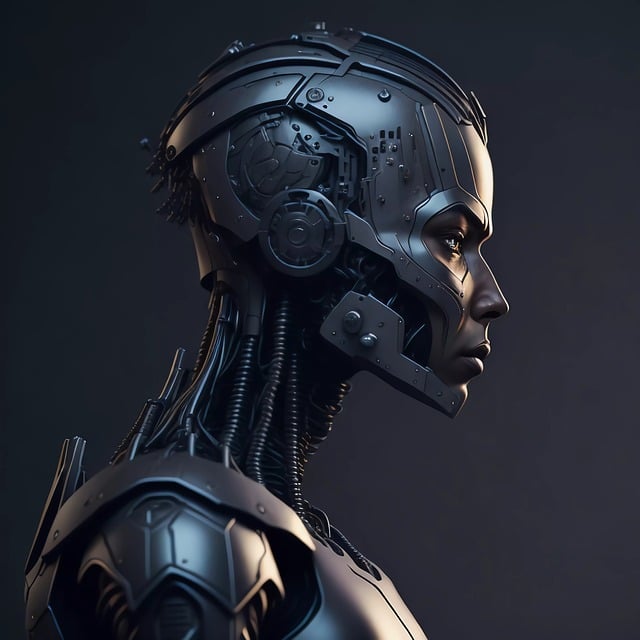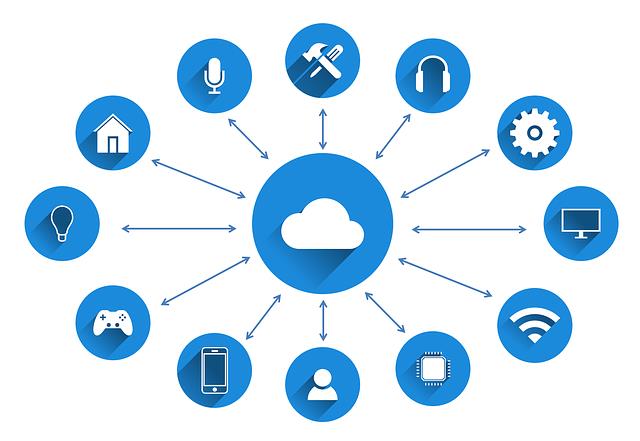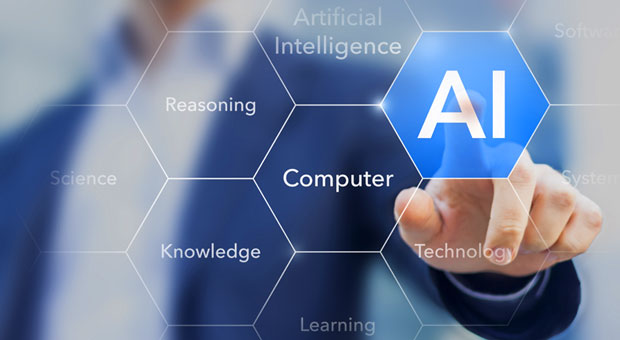
Artificial intelligence (AI) is revolutionizing the field of education, transforming traditional learning methods and paving the way for a more personalized and efficient approach.
This article explores the impact of AI in education, shedding light on its application in classrooms, its role in enhancing learning processes, and how it reshapes teaching methods.
By harnessing the power of AI, educators can provide tailored instruction to students, leverage intelligent tutoring systems, streamline assessment procedures, and unlock new possibilities for the future of education.
Key Takeaways
- AI-driven adaptive learning platforms tailor educational content to individual needs and abilities, providing personalized recommendations and adaptive feedback.
- Intelligent Tutoring Systems offer tailored instructional support to students, adjusting content and difficulty level based on learner's performance, maximizing engagement and achievement.
- AI-powered grading systems revolutionize exam evaluation, ensuring fairness and consistency in grading while saving teachers time.
- AI increases classroom efficiency by analyzing student data, providing tailored recommendations, automating administrative tasks, and offering instant support through virtual assistants.
Personalized Learning with AI
Personalized learning in education has been significantly enhanced through the integration of artificial intelligence (AI) technologies. AI-driven adaptive learning platforms are revolutionizing the way students learn by tailoring educational content to their individual needs and abilities. These platforms use algorithms to analyze data on student performance, preferences, and progress, enabling them to deliver personalized recommendations and adaptive feedback in real-time.
By continuously assessing a student's strengths and weaknesses, AI-powered systems can provide targeted interventions and create customized learning paths that optimize each student's potential for success.
Furthermore, AI is also transforming the role of teachers by providing them with valuable insights into students' learning patterns and areas where they may require additional support. With AI-powered student support tools, educators can identify struggling students early on, intervene promptly, and offer personalized assistance based on individual needs. This not only enhances the learning experience but also helps teachers effectively allocate their time and resources.
Overall, the integration of AI in education holds tremendous potential for creating a more personalized and effective learning environment that caters to the unique needs of every student.

Intelligent Tutoring Systems
Intelligent Tutoring Systems have greatly impacted the educational landscape by providing tailored instructional support to students. These systems utilize adaptive algorithms and virtual tutors to create personalized learning experiences for learners. By analyzing individual student data, these systems can identify areas of weakness and provide targeted interventions, allowing students to progress at their own pace.
Adaptive algorithms continuously adjust the content and difficulty level based on the learner's performance, ensuring that they are always challenged but not overwhelmed. Virtual tutors act as interactive guides, offering feedback, answering questions, and providing additional resources when needed.
This technology-focused approach allows for a more efficient use of teaching time and resources while maximizing student engagement and achievement. Intelligent Tutoring Systems have revolutionized the way we teach and learn, making education more accessible and effective for all learners.
AI in Assessment and Grading
The use of AI in assessment and grading has brought significant advancements to the field of education by providing objective and efficient evaluation methods. Automated grading systems powered by artificial intelligence have revolutionized exam evaluation, making it faster and more accurate than ever before. These systems analyze student responses using algorithms that can identify patterns, detect errors, and provide feedback instantly. By eliminating the need for manual grading, teachers can save a considerable amount of time and focus on other important aspects of teaching. Moreover, AI-based assessment tools ensure fairness and consistency in grading, as they evaluate students based on predefined criteria without any bias or personal judgment. This not only benefits students by providing them with timely feedback but also helps educational institutions maintain high standards in their evaluations.
| Pros |
Cons |
Examples |
| Efficiency: reduces grading time significantly |
Limited ability to assess creativity or critical thinking skills |
Gradescope: provides automated scoring for multiple-choice questions |
| Objectivity: eliminates subjective biases |
Difficulty in evaluating non-textual answers |
Turnitin: offers plagiarism detection services |
| Consistency: ensures uniformity in grading across different evaluators |
Inability to understand complex or nuanced answers |
IBM Watson Personality Insights: analyzes essays for personality traits |
In conclusion, AI-powered assessment and grading systems have transformed the way educators evaluate student performance. These technologies offer efficiency, objectivity, and consistency while providing immediate feedback to students. Although there are limitations regarding the evaluation of certain skills or answer formats, continuous advancements in AI are likely to address these challenges in the future. As education continues to embrace technology-driven solutions, automated grading systems will undoubtedly play a crucial role in shaping the future of learning.
Enhancing Classroom Efficiency with AI
Efficiency in the classroom can be enhanced through the integration of AI technologies. Artificial intelligence has the potential to revolutionize traditional teaching methods by increasing productivity and streamlining processes.
Here are some ways AI is enhancing classroom efficiency:

Personalized learning: AI-powered platforms can analyze student data and provide tailored recommendations, allowing teachers to focus on individual needs.
Intelligent tutoring systems: These systems use machine learning algorithms to provide immediate feedback and assistance, reducing reliance on teacher availability.
Automated administrative tasks: AI can automate routine administrative tasks such as grading and attendance tracking, freeing up valuable time for teachers.
Virtual assistants: Voice-enabled virtual assistants like Siri or Alexa can answer students' questions instantly, providing support outside of regular class hours.
By incorporating these technologies into classrooms, educators can optimize their time and resources, ultimately creating a more efficient learning environment.
The Future of Education: AI-Powered Teaching Methods
One potential development in the field of education is the integration of AI technologies, which have the capability to enhance teaching methods and optimize classroom efficiency. AI has the potential to revolutionize education by providing personalized learning experiences for students.
One area where AI can be applied is in curriculum design. By analyzing vast amounts of data on student performance and learning patterns, AI algorithms can identify areas where students struggle and tailor instructional materials accordingly. This ensures that each student receives individualized instruction that focuses on their specific needs and strengths.

Additionally, AI can also play a crucial role in student support. Intelligent tutoring systems powered by AI can provide immediate feedback to students, helping them understand concepts better and reinforcing their knowledge. These systems can also track students' progress over time, identifying areas where they need additional support or intervention.
Overall, integrating AI technologies into teaching methods has the potential to transform education by enabling personalized learning experiences and optimizing classroom efficiency.
Frequently Asked Questions
How can artificial intelligence personalize learning for students?
Artificial intelligence (AI) enables personalized learning through AI-powered adaptive learning systems. These systems analyze student data to tailor educational content, pace, and assessments to individual needs, enhancing engagement and improving learning outcomes.
What are some examples of intelligent tutoring systems using AI?
Intelligent Tutoring Systems (ITS) are a prime example of AI's role in personalized learning. These systems use algorithms and data analysis to provide tailored instruction, feedback, and support to students, enhancing their learning experience and promoting individualized progress.
How is AI used in assessment and grading?
Automated grading powered by AI enables efficient and objective assessment, saving teachers time. It provides personalized feedback that helps students identify areas for improvement, enhancing their learning experience and promoting self-directed learning.
How can AI enhance classroom efficiency?
AI powered classroom management enhances efficiency by automating administrative tasks, optimizing schedules, and providing personalized learning experiences. Benefits include improved student engagement, real-time progress monitoring, and adaptive content delivery. Overall, AI streamlines operations and revolutionizes the traditional classroom setting.
What are some future teaching methods powered by AI in education?
Future teaching methods in education powered by AI include AI-powered virtual classrooms that provide personalized learning experiences and gamification techniques. These advancements enhance student engagement, adaptability, and accessibility, ultimately revolutionizing the traditional teaching approach.

 GadgetsProduct ReviewsSmart DevicesDronesVirtual DevicesPrivacy PolicyTerms And Conditions
GadgetsProduct ReviewsSmart DevicesDronesVirtual DevicesPrivacy PolicyTerms And Conditions
